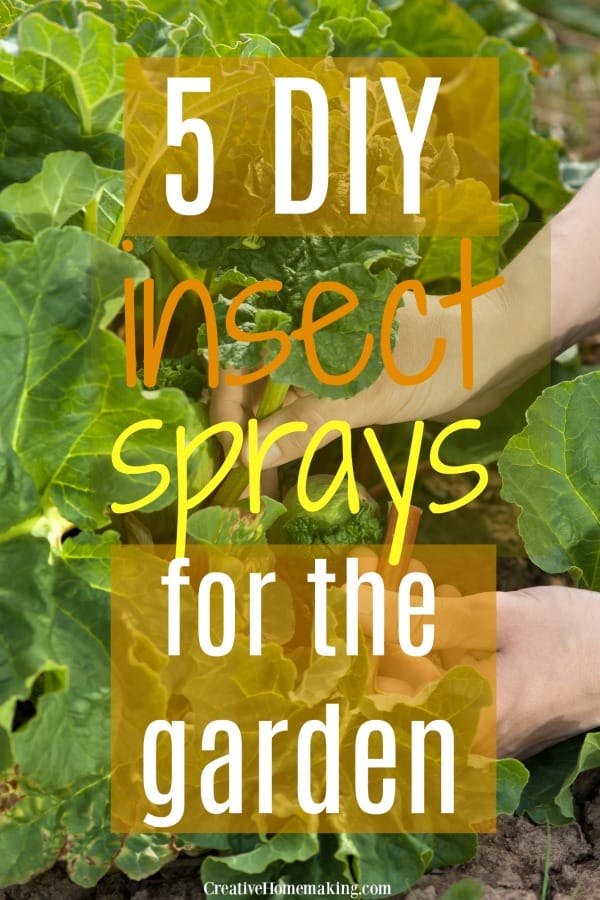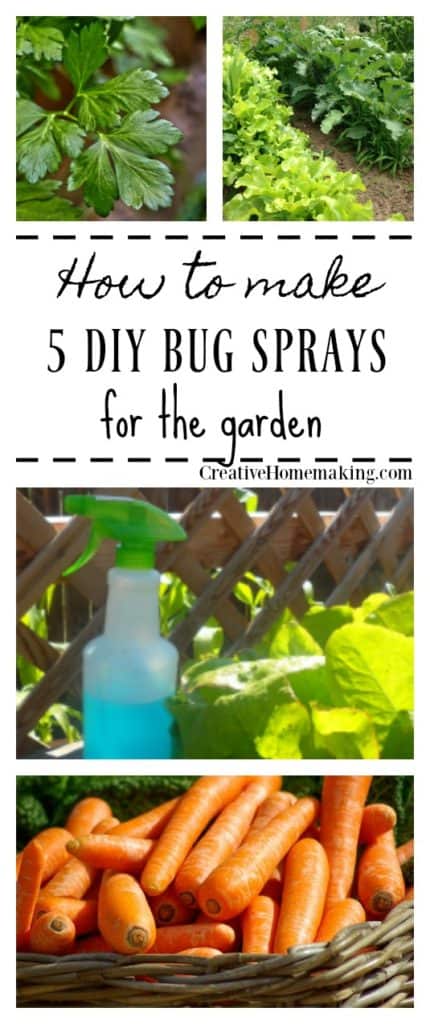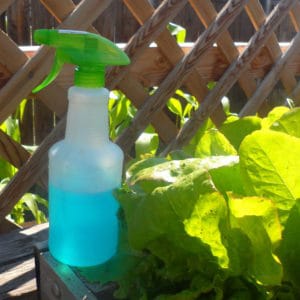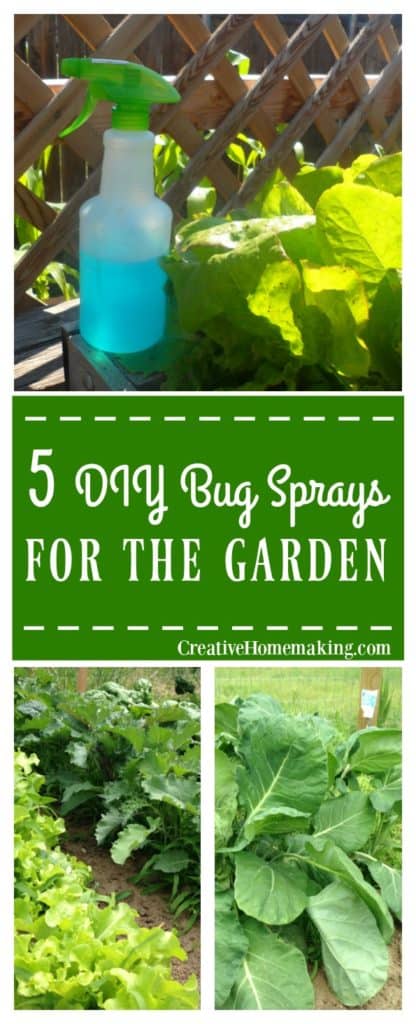If you are looking to save money in the garden, then one easy way to cut costs is to make your own bug and insect sprays. Not only it is it less expensive, but it is healthier too. Most store bought bug sprays are full of toxic chemicals that it is best to avoid.
This post may contain affiliate links.
Bug Spray #1 — Cayenne Pepper
Ingredients:
- 8 c. water
- 1 c. Dawn liquid dish soap
- 1 c. Listerine mouth wash
- 1 tsp. cayenne pepper
Mix together the above ingredients in an empty gallon sized orange juice or milk container.
Pour some of it into an empty spray bottle and apply to plants as needed.
It is best to spray it in the morning, before the plants are hit by direct sun, which may cause burning due to the alcohol contained in this mixture.
Related Article: Homemade Bugspray for Plants with Dawn: A Natural Solution
Bug Spray #2 — Liquid Dish Soap
Ingredients:
- Liquid dish soap
- Water
This is a variation of the first recipe, but contains only water and dish soap. This spray is particularly effective for controlling aphids in the garden.
Fill an empty spray bottle half way with water. Add a couple of squirts of dish soap and then fill the bottle the rest the way with water, shaking gently to mix.
To apply to plants, spray liberally to the tops and bottoms of leaves that are infested with aphids.
Re-apply weekly until aphids are gone. You may have to apply more often if there is a lot of rain to wash the soap off of the leaves.
Bug Spray #3 — Hot Peppers
Ingredients:
- 1/2 c. hot peppers, chopped
- 2 tbsp. dish soap
- 2 c. water
Puree peppers and water in a blender or food processor. Let it sit in the refrigerator overnight. Strain through a fine mesh sieve.
You might want to wear rubber gloves while doing this, because the hot peppers will be absorbed into your skin and can cause burning. Also keep it away from your eyes.
The next day mix in the dish soap and put the mixture in a spray bottle. Add water. Apply to bug infested plants as needed.

Bug Spray #4 — Rubbing Alcohol
Ingredients:
- 1 c. rubbing alcohol
- 4 c. water
- 1 tsp. vegetable oil
Mix all ingredients together into a spray bottle and apply to plants as needed.
Related Article: Does Vinegar Keep Mosquitoes Away?
Bug Spray #5 — Lemon Peels
- 2 c. lemon peels
- 4 c. water
Bring water to a boil. Remove the pan from the heat and add the lemon peels. Cover and let the lemon peels set in the hot water until the water cools.
Strain the mixture and pour the lemon water into a clean, empty spray bottle. Use to treat plants infested with white flies.
Helpful Tips
When you make your own bug sprays, you still need to test them on a small area of your plants first to make sure they will not harm your plant in any way.
It is possible for some of the ingredients to affect plants differently. Try applying the mixture weekly and see if it is working. Applying too often will also harm your plants.
Do not apply if it looks like it is going to rain soon, because the rain will wash away the spray you just applied. For best results, try to apply on a clear, dry morning.
Related Gardening Hacks
- homemade plant food
- how to kill squash bugs
- 8 ways to keep birds out of the garden
- using lemon juice as an insecticide
- using banana peels as a fertilizer for household plants
- all-natural fertilizers for the garden
- using epsom salt as a natural garden fertilizer
- using epsom salt to fertilize houseplants
Follow my gardening board on Pinterest.






Hi Rachel, I love your site, very informative. I have been looking for plant bug sprays for some time and wish to try your suggestions. When you refer to liquid measurements using the letter ‘c’ does this refer to liquid centilitres?
Thank you
Hi! No, the “C” refers to cups.
Hi Rachel, I love your site and the bug killer ideas you provide are just what I have been looking for. I do not recognise the liquid measurement ‘c’ does it refer to liquid centilitres ?
Thank you
I have holes on my Dahlia leaves. Obviously something is eating them. I don’t like to use store boughten bug sprays to many chemicals in them. Do you have any suggestions for solving my problem?
Thanks for sharing !